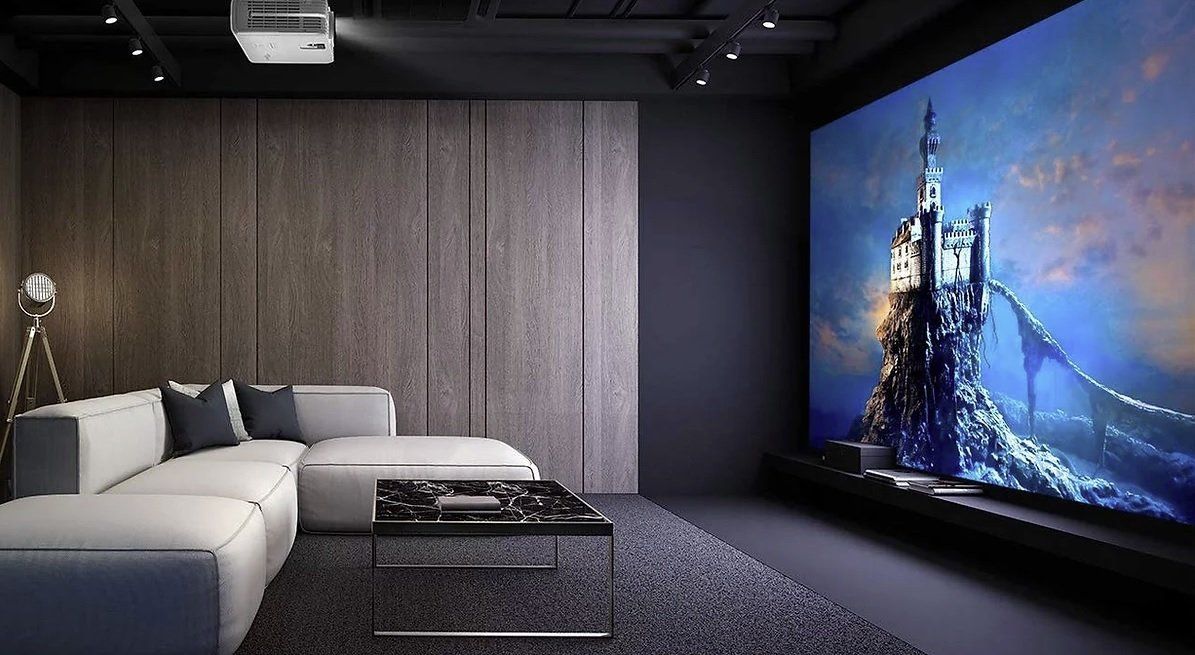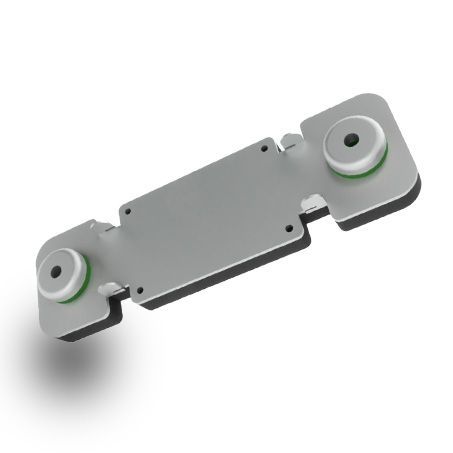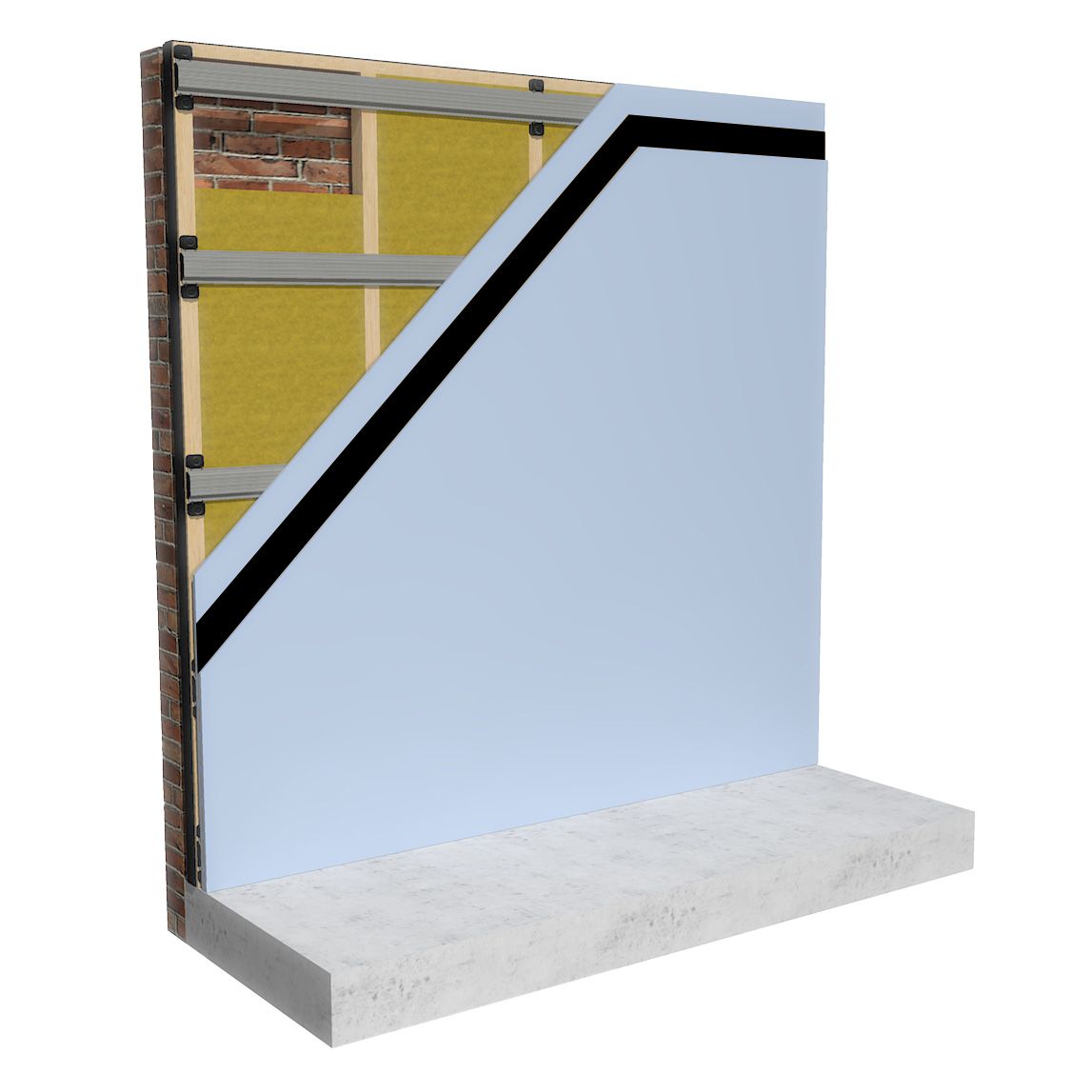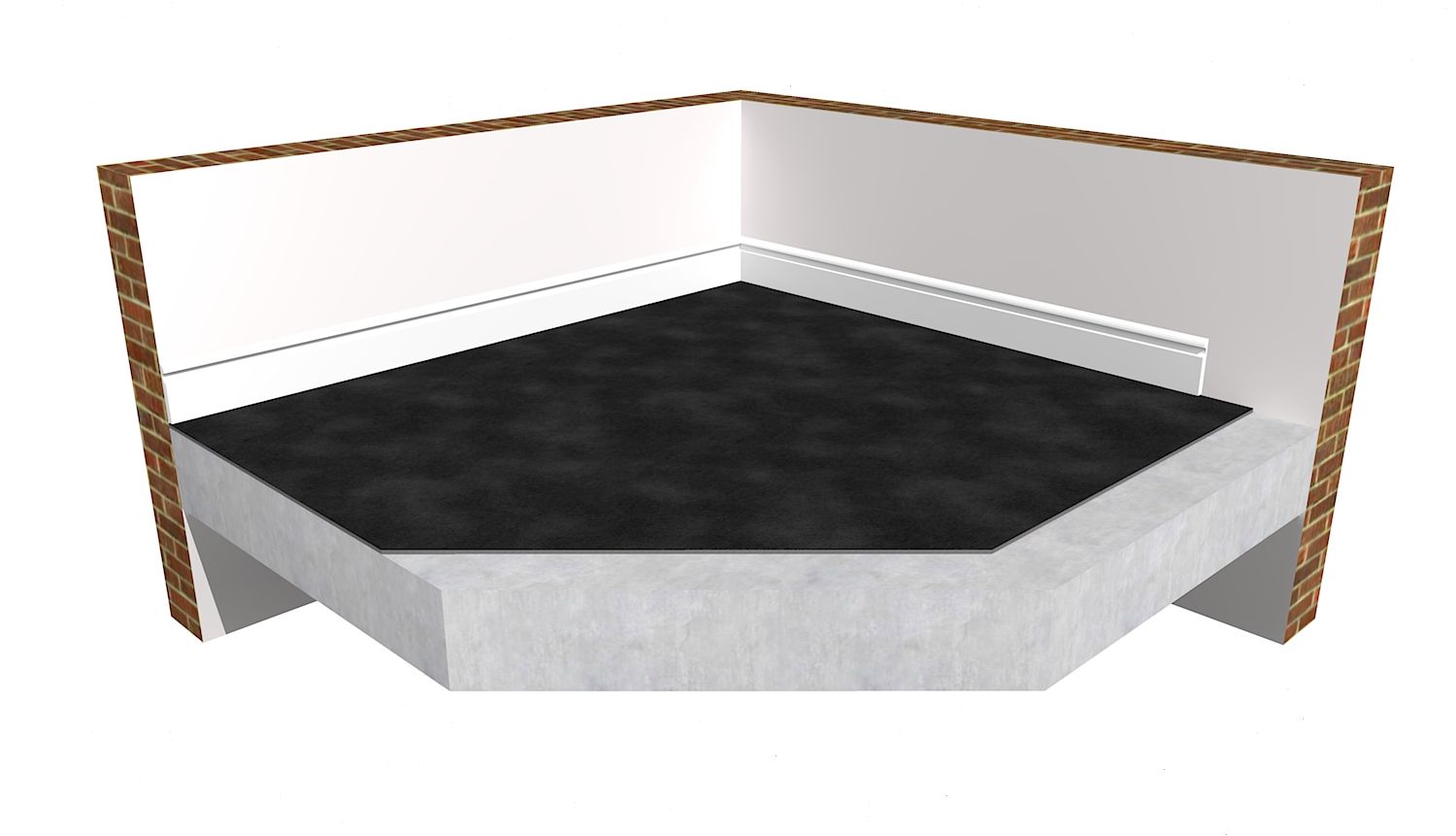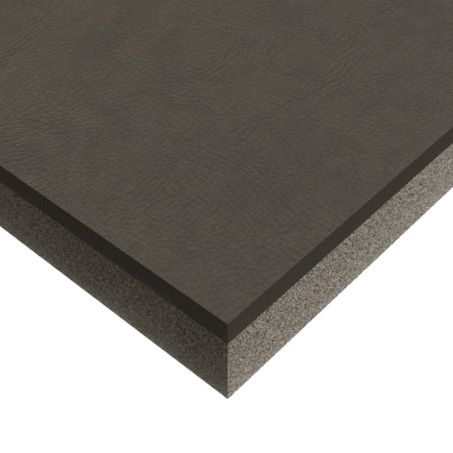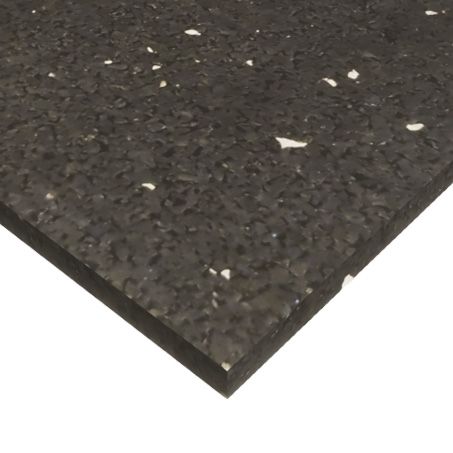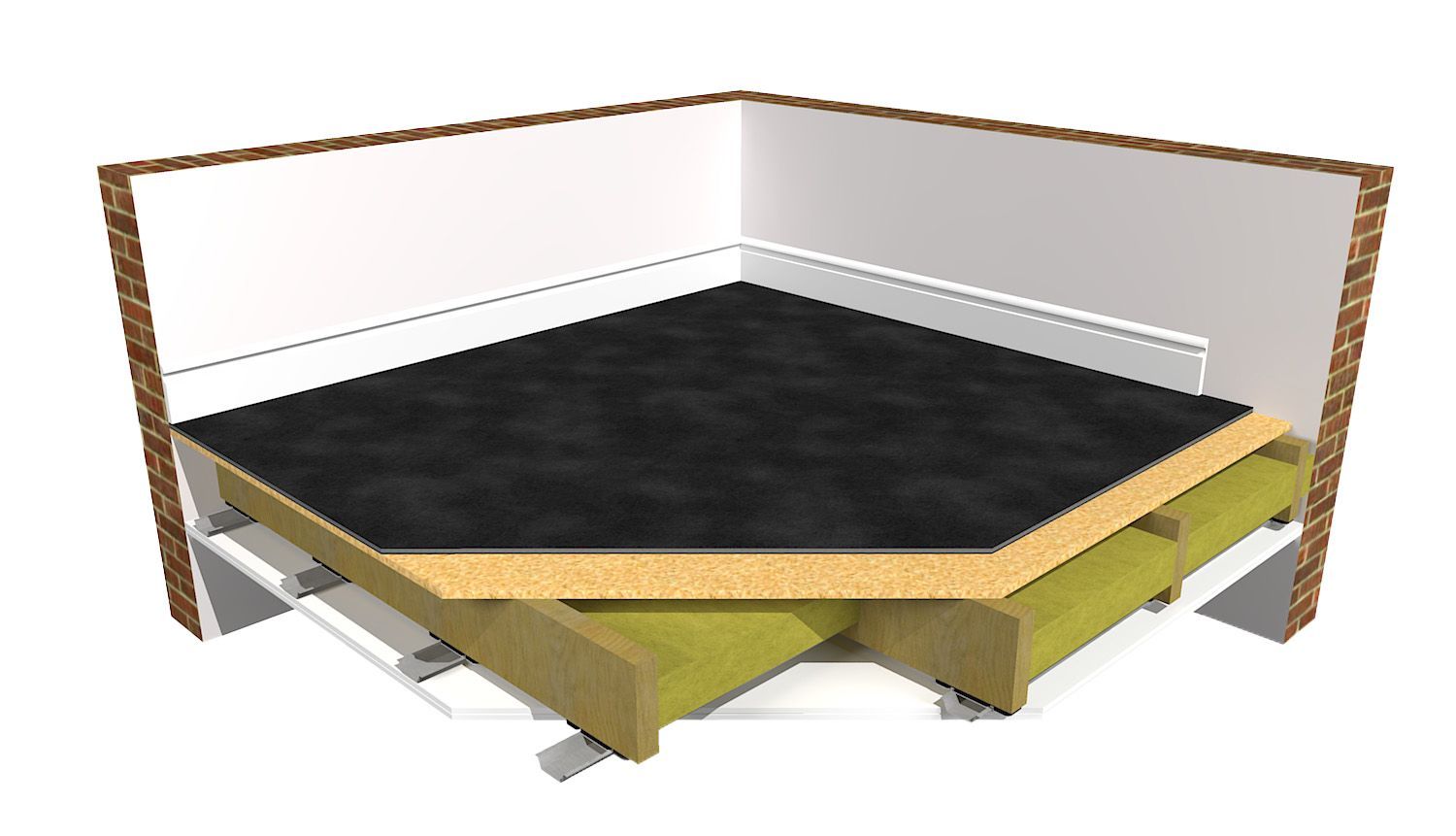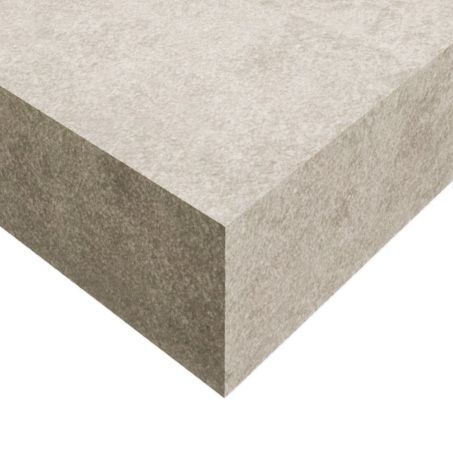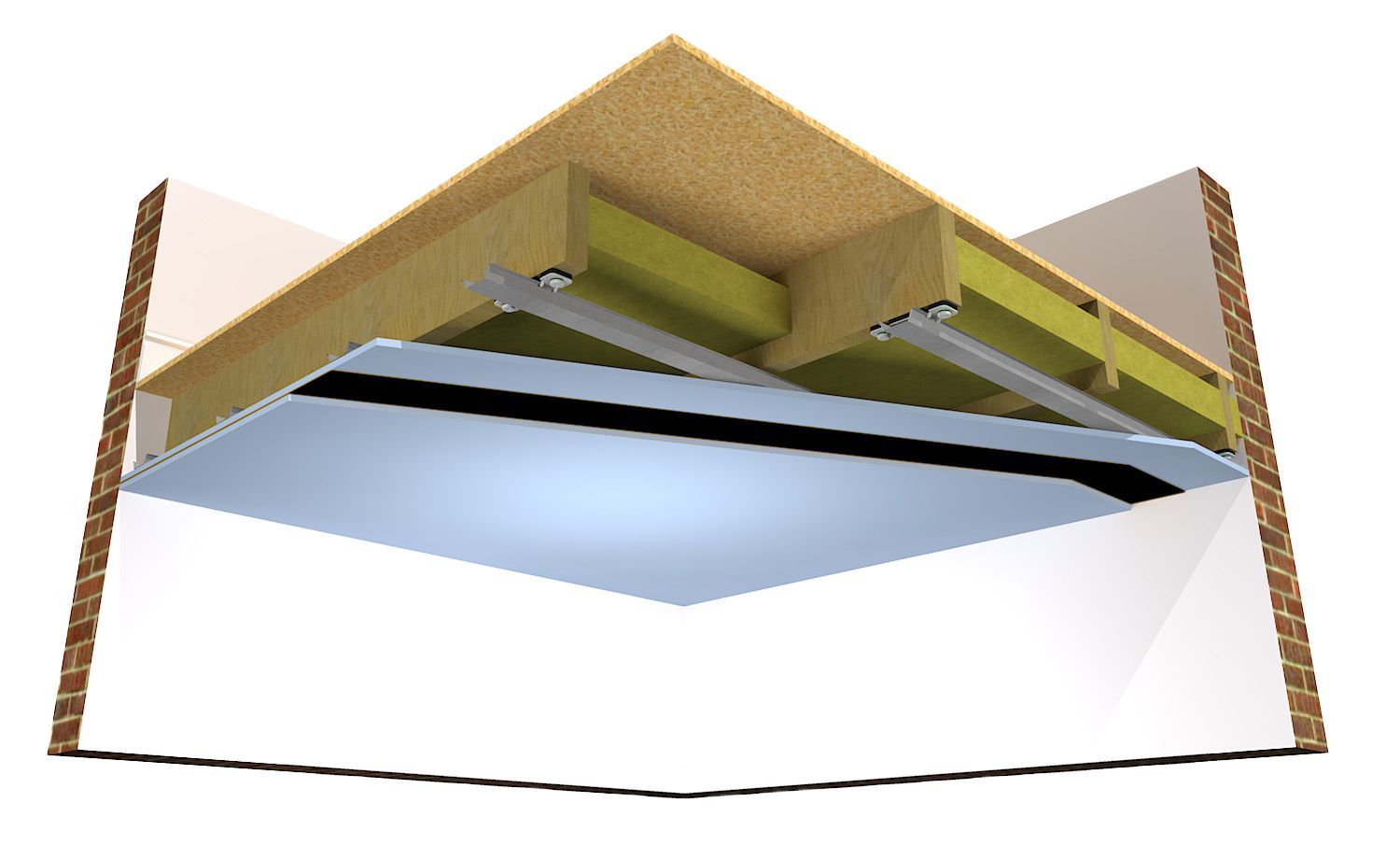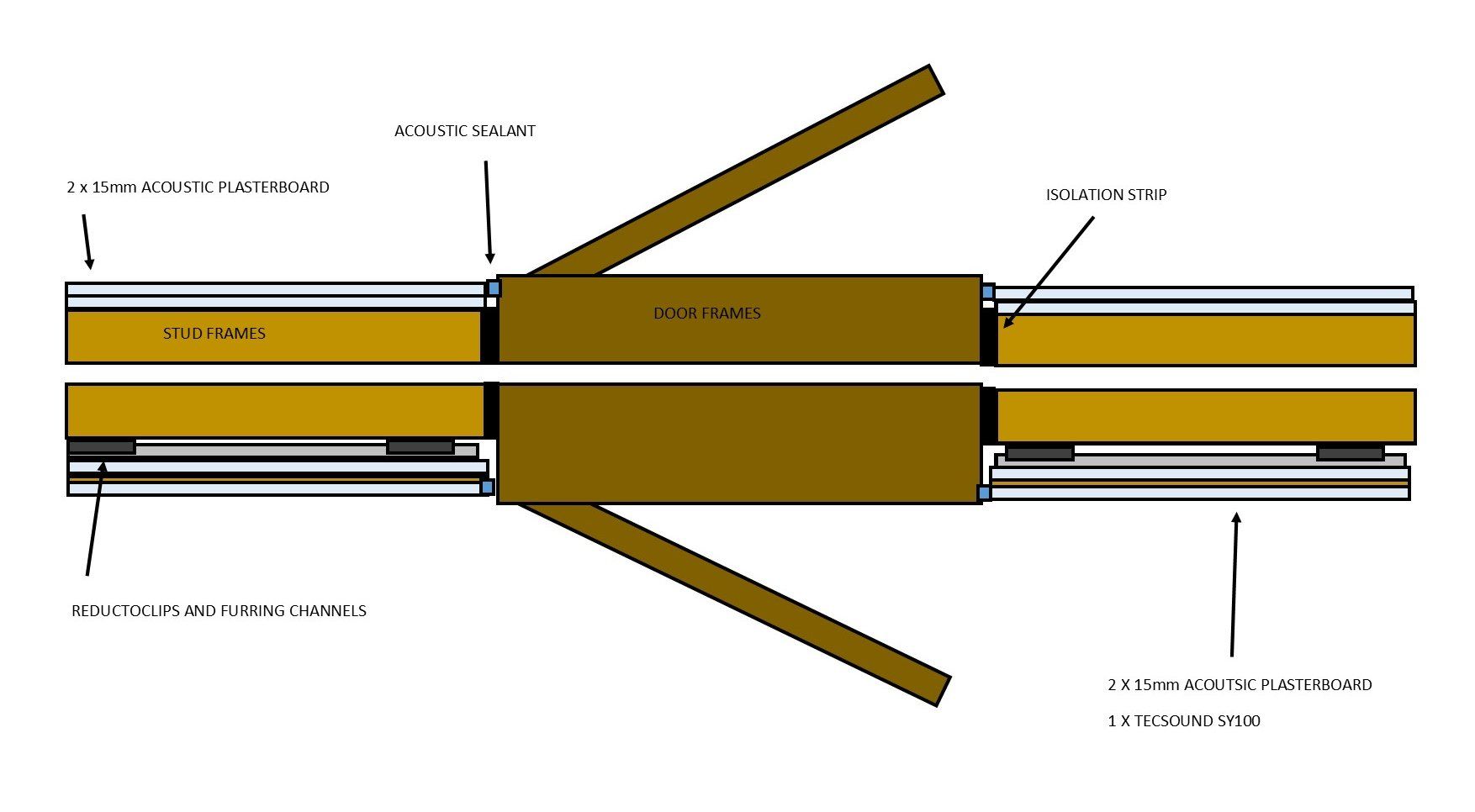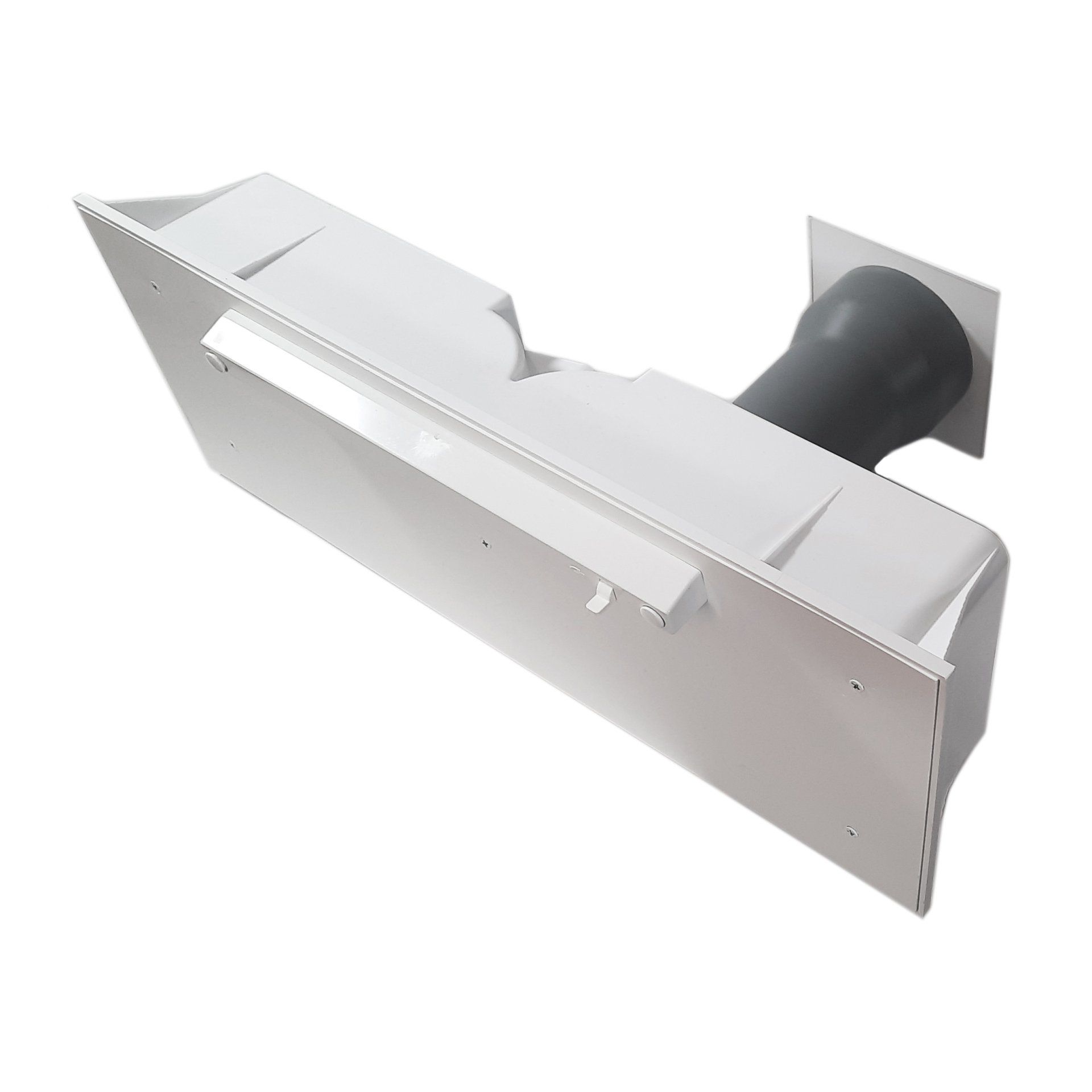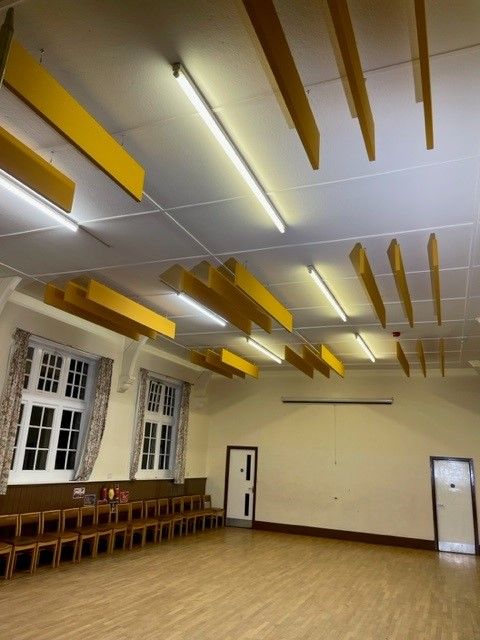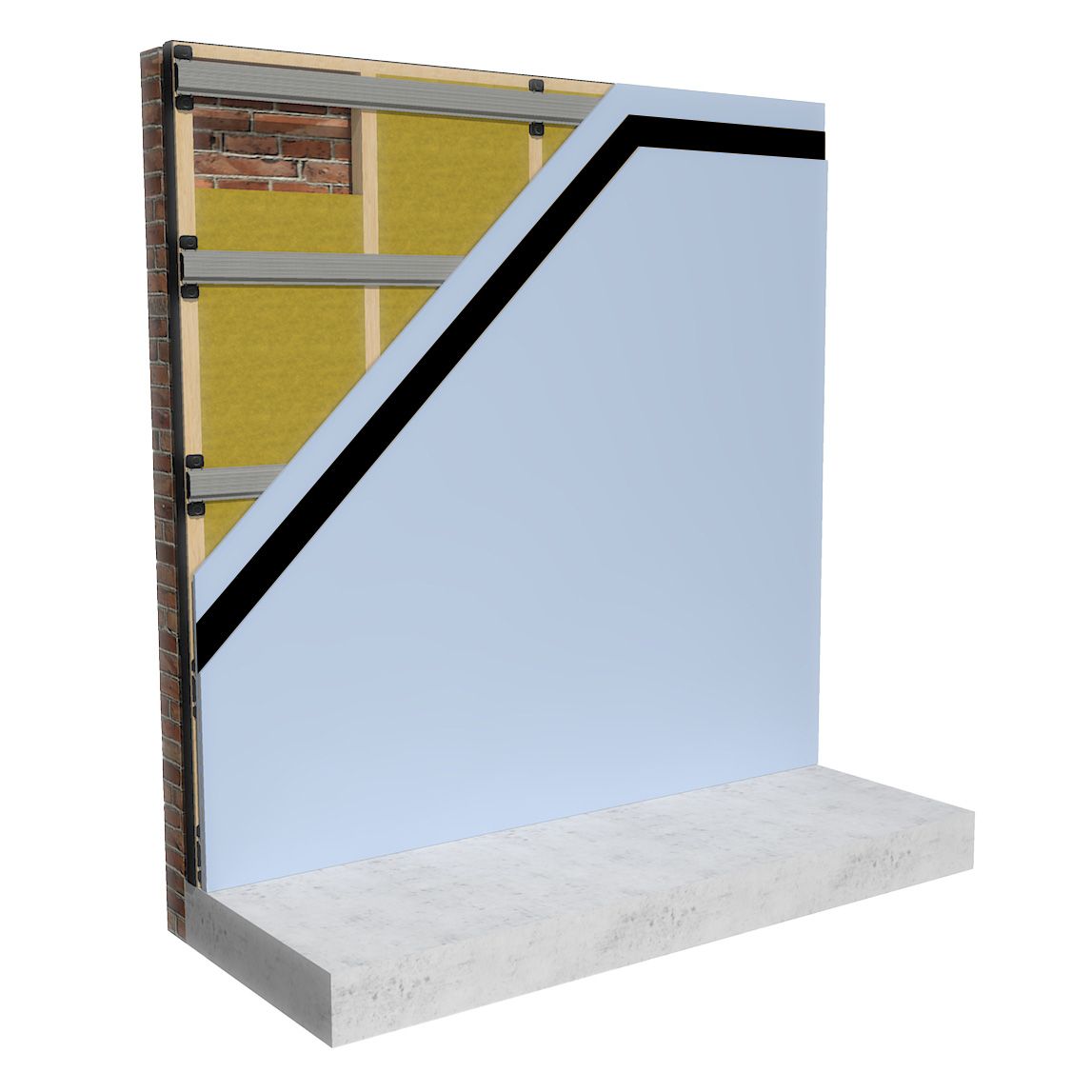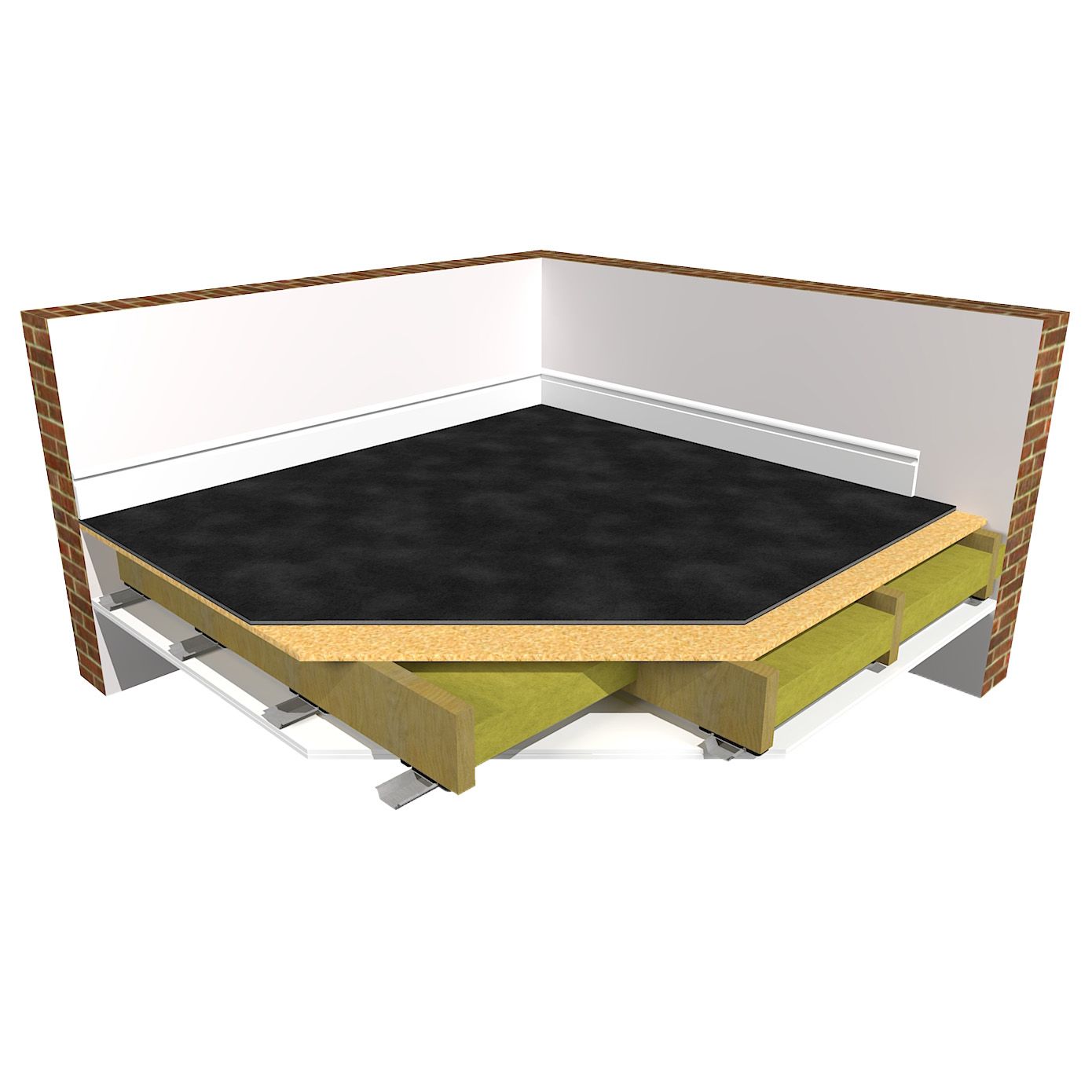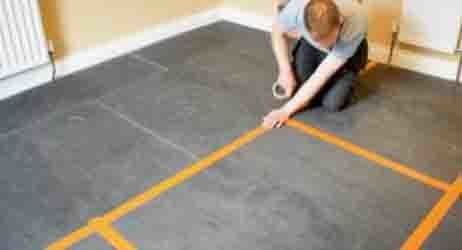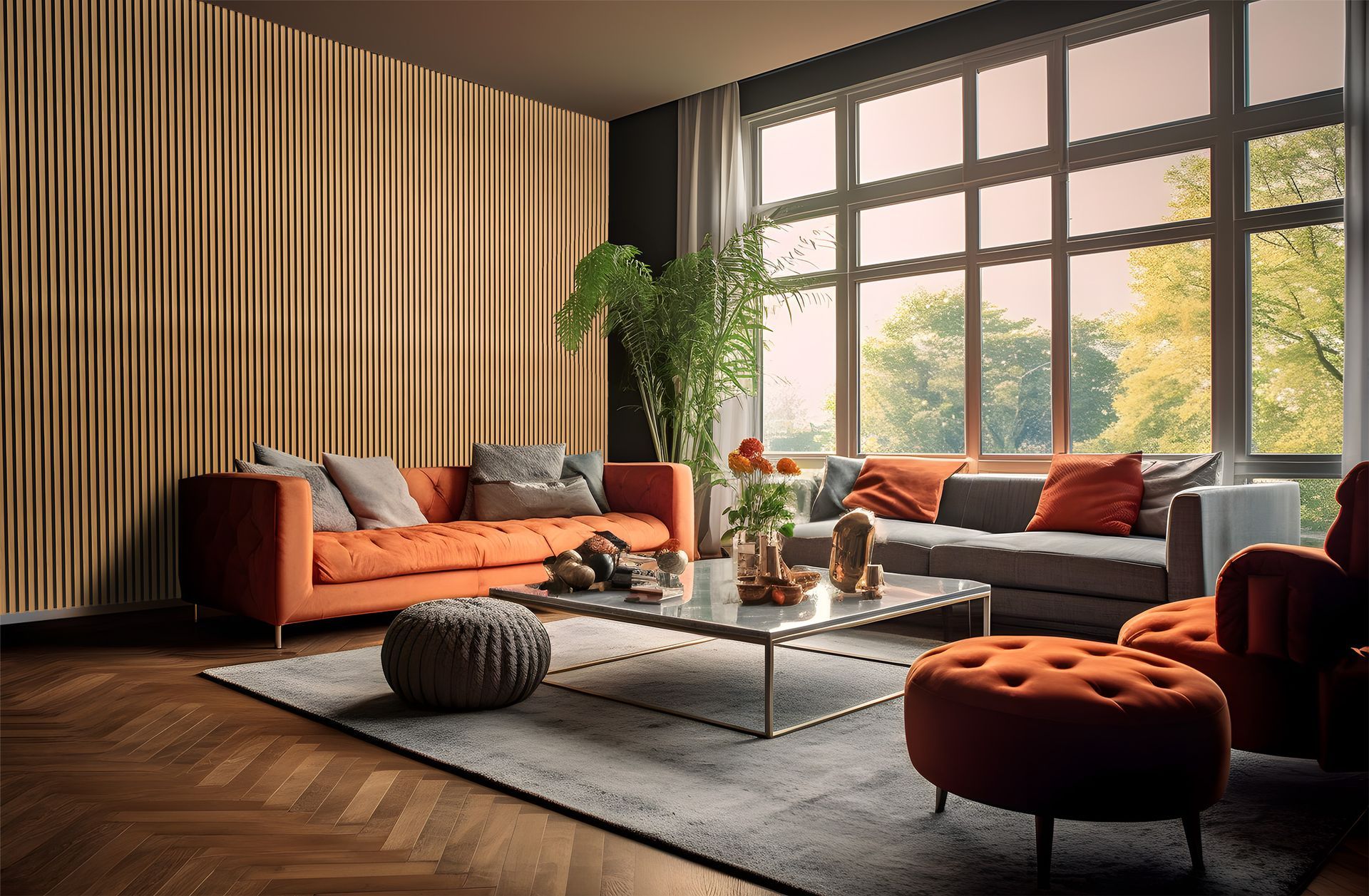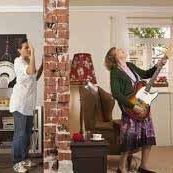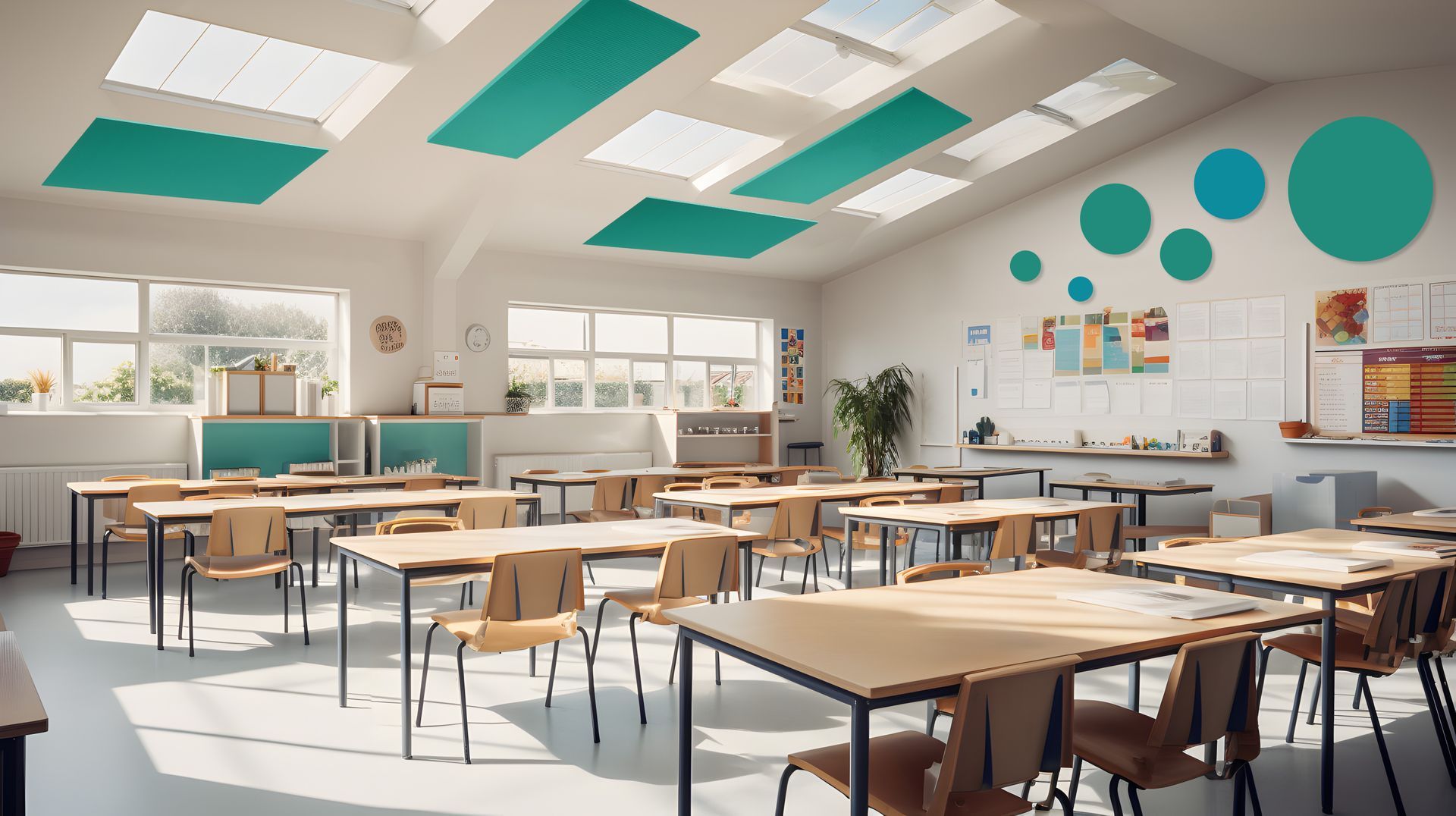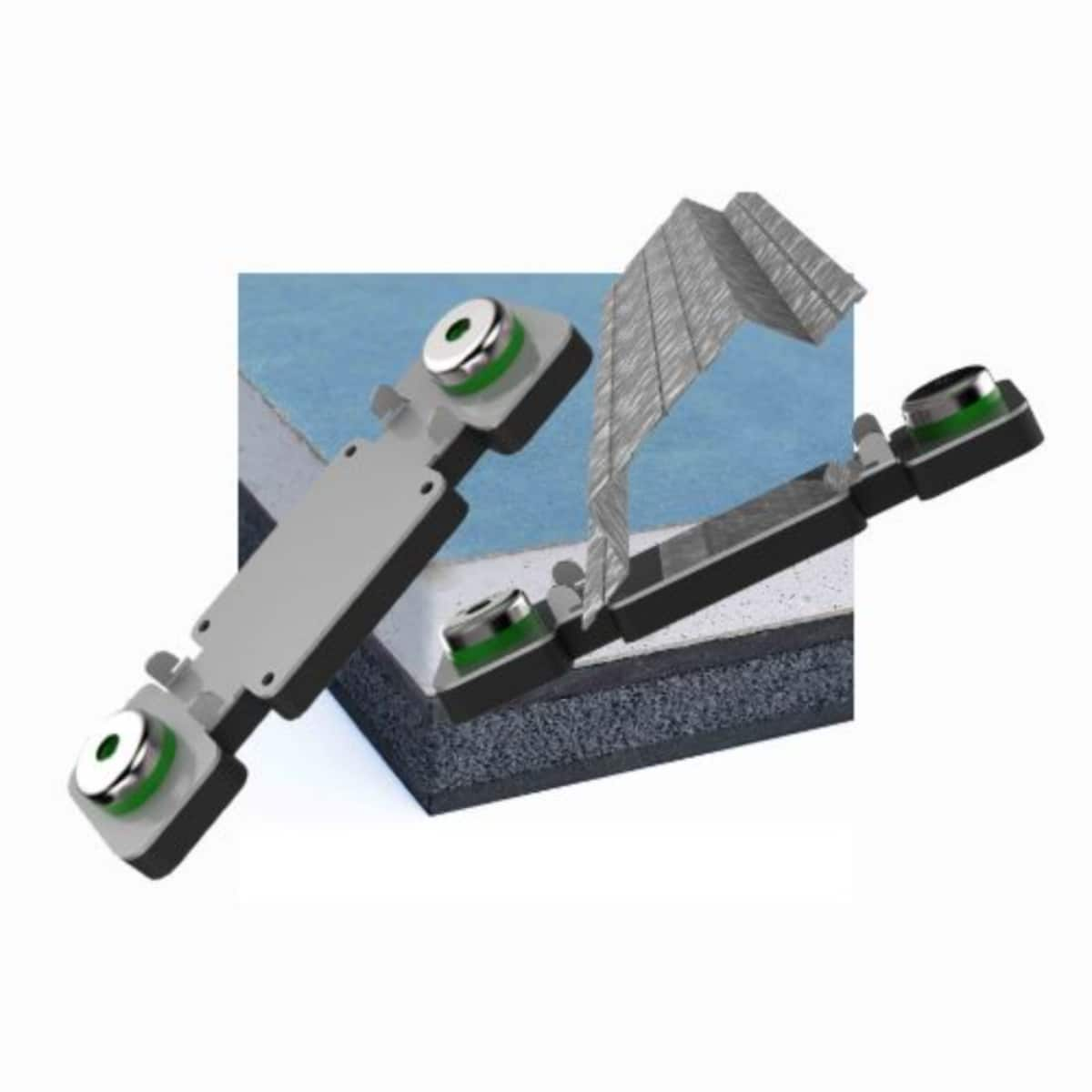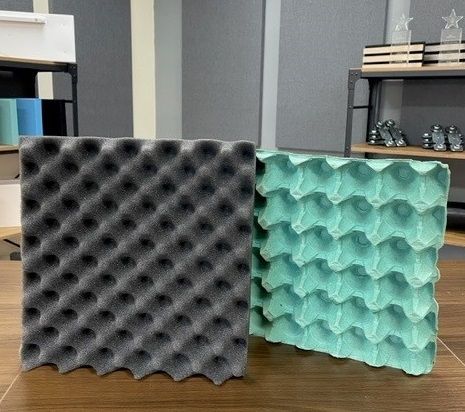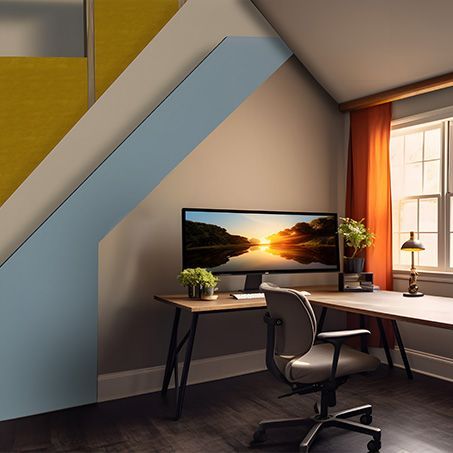
What is the best way to soundproof a home cinema?
The latest research by TV manufacturer Hisense shows that 3.6 million Brits have invested in their home viewing experience over the last 12 months, with the purchase of new TV's, sound systems and projectors. With a further 9.2 million households considering creating a cinema in their homes.
The Entertainment Retailers Association report that two thirds of UK audiences name film and TV as their favourite form of entertainment and this combined with the launch of extra-large screen TV's all helps to create the same magic of the cinema at home. Therefore it is no surprise that early forecasts suggest that 2022 may be the biggest year on record for Home Entertainment. Liz Bales, Chief Executive, BASE said: “Throughout the pandemic, entertainment at home was the refuge that many chose to take from an uncertain world. Continuing to serve audiences the content they love is driving a new, innovative world of Home Entertainment."
How to Soundproof a home cinema room?
Soundproofing a home theatre room isn't as complicated a you might think. It is really no different to soundproofing any room within the home. What is important is using the correct soundproofing solution for they type of room being converted, e.g. is it a ground floor room, a detached room, a timber joist floor, or concrete floor? Other considerations will be how much height can be lost from soundproofing the ceiling? These are some of the important questions which need to be answered before soundproofing a home cinema or theatre room. We offer different levels of soundproofing as every home cinema is different and unique. If there is any doubt about which is the best soundproofing system for your own home cinema, then always speak to an expert.
One of the main problems with home cinema room soundproofing is the base frequency created by the sub-woofers as this can easily transfer into the structure of the building and travel up walls, through ceilings and floors.
4 key steps when soundproofing a home cinema
List of Services
-
1. Build a 'room within a room'Item Link List Item 1
Building a 'room within a room with a air gap and a new stud wall' is our go to solution for loud levels of noise as it helps to contain the airborne sound energy and vibration within the home cinema room space, stopping it from getting into the main structure of the building and being heard elsewhere.
-
2. Add MassItem Link List Item 2
Airborne sound is blocked by mass (Diferent typs of mass block difeent typs of noise so always use diferent types of mass). Adding heavy and dense materials to the inner home cinema room which is de-coupled from the main structure is key to blocking airborne noise.
-
3. Add ResilienceItem Link List Item 3
The surfaces of the home cinema room need to be able to flex, rather than being rigid. This flex enables the home cinema room to absorb sound energy and vibration before it can enter the structure of the building. Similar to shock absorbers in a car.
-
4. Upgrade windows and doorsItem Link List Item 4
These are the biggest weak point of any home cinema room, as they provide far less mass than the walls. Upgrade and double up!
Blocking the sound from home cinemas
It is no surprise that the sounds needing to be blocked from a home cinema are loud and of varying frequency. Often with loud levels of bass frequencies.
Sound travels in waves and when they encounter a solid object some of these sound waves will be absorbed, but the rest will continue to travel as vibrations through the solid object. e.g. the wall, ceiling and floor.
The deeper the frequency, the more chance it has of travelling through solid objects, hence why a high level of soundproofing is required to effectively soundproof a home cinema or theatre room from the low bass frequencies often heard in films. This sound is amplified further by the viewing experience of high volume and modern speaker systems.
How to soundproof the walls of a home cinema
To soundproof the walls of a home cinema and achieve the 'room within a room' mentioned above, the recommended solution is the ReductoClip Independent Wall Solution. Unlike traditional resilient bar soundproofing systems, the ReductoClip Independent System is easier to fit and offers the slimmest independent wall solution on the market delivering the highest level of soundproofing for home cinemas and theatre rooms.
Outstanding performance of the ReductoClip Solution and how it compares to other clip systems
How to soundproof home cinema walls with the ReductoClip Independent System
- A stud frame is built a minimum of 50mm from the original wall. This stud frame is then isolated with Isolation Strip
- 60kg Acoustic Mineral wool is added to fill the frame
- ReductoClips are fixed to the front of the frame and Reducto Furring Channels are attached to the clips
- 15mm Acoustic plasterboard is attached to the now independent wall
- A layer of FlexiSound 5 is added to the acoustic plasterboard
- Another layer of acoustic plasterboard is then added to the FlexiSound
How to soundproof the floor of a home cinema
Soundproofing the floor of a home cinema or theatre room depends where in the house the home cinema room is going to be, e.g. is the home cinema room in a detached construction, e.g. a garage or garden room, or within the main house and where in the main house? A bedroom, ground floor etc. What is also an important factor when determining the best soundproofing for the floor of the home cinema room is also the construction of the floor. e.g. is it timber joist or concrete?
How to soundproof a concrete floor of a home cinema
With a concrete ground floor there is already a great deal of mass which will naturally do a good job of blocking airborne noise. In this instance it is important to use a floor soundproofing solution which will absorb the vibration and energy of the sound.
Three key points to consider when soundproofing a concrete floor of a home cinema:
Reduce Impact Vibration:
- The use of different types and thicknesses of high impact absorption (such as foam and rubber) will help to reduce different levels of vibration noise.
The Mass of the floor:
- As mentioned above, concrete is naturally high in mass and more effective than a timber floor at blocking airborne noise. However, there are certain (very occasional) situations when the concrete floor doesn't perform as expected against airborne noise. This is explained in more detail below.
A proven floor acoustic solution when soundproofing the concrete floor of a home cinema:
- Add ImpactoMat 5 or SoundMat 2 Plus (12mm) directly to the concrete floor. With the SoundMat 2 Plus, this also acts as a luxury carpet underlay and carpet can be installed directly on top. With the ImpactoMat 5, the recommendation would be to lay a carpet underlay first.
Carpet final floor finishes are always going to be the recommendation as the final floor finish for home cinemas (over and above hard floor finishes). This is because hard floor finishes do not absorb sound the same as soft floor finishes do, such as carpet.
Thickness of this solution: Only 12mm for SoundMat 2 Plus and 5mm for ImpactoMat 5 (not including underlay).
-
SoundMat 2 Plus
Photo By: John DoeSoundMat 2 Plus - Learn More -
ImpactoMat 5mm
Photo By: John DoeImpactoMat 5 - Learn More
How to soundproof a timber floor of a home cinema
Three key points to consider when soundproofing a timber floor of a home cinema:
Improve the mass of the floor:
- To achieve this, it is important to add high mass / density products.
Use high impact absorption foam:
- Different types and thickness of foam perform better for different levels of impact noise.
Fill all cavities between joists with acoustic mineral wool:
- This will prevent any sound resonating and amplifying within this sealed chamber.
An example of an acoustic floor solution when soundproofing the timber floor of a home cinema:
- Fill joists with 60kg acoustic mineral wool
- Board the joists using 25mm SoundScreed direct to joist board
- Overlay SoundMat 3 Plus
Thickness of this solution: Only 40mm from the top of the floor joists.
-
Acoustic Mineral Wool
Photo By: John DoeAcoustic Mineral Wool - Learn More -
SoundScreed 25 Direct To Joist
Photo By: John DoeSoundScreed 25 Direct To Joist - Learn More -
SoundMat 3 Plus
Photo By: John DoeSoundMat 3 Plus - Learn More
SoundMat 3 Plus Product Overview
SoundScreed 25 Product Overview
How to soundproof the ceiling of a home cinema
When soundproofing the ceiling of a home cinema room, it is important to add mass and use a resilient clip system, such as the ReductoClip Ceiling System It is essential to use an acoustic ceiling system that will absorb the large amounts of vibration energy, especially the vibrations of loud, lower bass frequencies found within a home cinema room.
The soundproofing solutions for the ceiling of a home cinema or theatre room also depends on how much space there is to lose from the height of the ceiling within the home cinema room.
Three key points to consider when soundproofing the ceiling of a home cinema:
Improve the mass of the ceiling:
- Adding different high mass/density products helps to block airborne noise.
Use high impact absorption ReductoClip and bars:
- It is important to absorb vibration and sound energy. Without this, simply adding mass will make little or no difference when blocking impact noise and vibration energy.
Fill ceiling cavities with acoustic mineral wool:
- Adding acoustic mineral wool to the cavity between the ceiling and the floor above will prevent sound resonating and amplifying within this sealed chamber. Think about shouting down a cardboard tube and then filling the cardboard tube with cotton wool and doing the same again.
ReductoClip™ Independent Ceiling Solution for Home Cinema Ceilings
Similar to the independent stud frame for walls, secondary ceiling joists are built below the existing ceiling and the ReductoClip ceiling solution is then added to the secondary joists. If the independent stud frame of the walls are thick enough, the ceiling joists can sit on top of them.
- An independent ceiling is built creating secondary joists
- The ceiling joists are filled with 60kg acoustic mineral wool
- ReductoClips and Reducto Furring Bars are fixed to the bottom of the independent joists
- 15mm acoustic grade plasterboard is added
- FlexiSound 5 is added to the plasterboard layer
- A final layer of 15mm acoustic grade plasterboard then sandwiches the FlexiSound in between the first layer of acoustic plasterboard and the final layer
Designed to minimise ceiling height loss within a home cinema. The ReductoClip Ceiling Solution is the thinnest ceiling clip system on the market. A total ceiling height loss of only 60mm from the bottom of the secondary joist to the final layer of plasterboard. The total buildup depends on the size of the joists and the size of the joists is dependent on the width of the room. The bigger the room, the wider the joists will need to be. An average size garage home cinema conversion will usually work to 100mm stud frames for the walls and ceiling.
To minimise the loss of height to the room, there is also the option to attach the ReductoClip ceiling solution directly to the existing joists, rather than building the secondary joists. The space loss doing it this way would be 60mm from the bottom of the existing joists to the final layer of plasterboard, without any additional loss from the secondary joists.
The performance will be higher using the secondary joist system, especially in domestic situations whereby it is important to minimise the unwanted noise in a living space above the home cinema room. However this isn't always feasible when space loss is an issue.
Internal acoustics of a home cinema
Once soundproofed a good cinema room will also need acoustic treatment. Sound absorption solutions work by reducing the echo and reverberation within the home cinema room. This can be achieved by using acoustic solutions like ProSound™ Wall Panels, which are easily fixed directly to the soundproofed walls of the home cinema room. A selection of styles and colours are also available to complement the final decor of the home cinema room.
Plug sockets and lighting when soundproofing a home cinema
When soundproofing a home cinema room you want as few holes in the walls and ceiling as possible, as any unnecessary holes can act as a weakness for sound to travel through. The recommendation would be to use surface mounted sockets, and surface mounted or free standing lighting fixtures.
How to soundproof the door of a home cinema
Mass blocks airborne noise, therefore the heavier the door, the more mass it will have and the more sound it will block. Upgrading to heavier, more solid fire doors is a good option for home cinema rooms. To further improve their soundproofing capabilities, the recommendation would be to double up the doors. One door on the existing external wall and one on the internal soundproofed wall.
How to soundproof windows within a home cinema
Windows and doors will always be a weak point as they have far less mass than the walls. In a perfect world there would be no windows within the home cinema room and while this is possible in some cases, it isn't always practical.
If removing windows and bricking them up isn't an option, then double them up! With a 'room within a room' there is the existing window on the external wall and another window (secondary glazing) can then be added on the inside wall.
Ventilation when soundproofing a home cinema
A well soundproofed home cinema room will be highly insulated and air tight, i.e. warm and with little to no natural air flow. Therefore, the correct ventilation is an important part of the build when creating a soundproof home cinema room. Options can include air conditioning units and digital ventilation. However, a standard passive vent with a built in baffle box to attenuate some of the sound as the air passes through is a really good choice, such as the ProSound Acoustic Vent.
Soundproofing a home cinema - DIY
The soundproofing solutions provided by The Soundproofing Store can be installed by a competent DIYer. Due to the importance of adding mass and the heavy nature of materials it is always advisable to have a minimum of two people to do the installation. However, if the thought of soundproofing your own home cinema fills you with dread, then rest assured that any local tradesperson will easily have the necessary skills to install it for you. Soundproofing a home cinema room need not be cost prohibitive by using a more expensive supply and fit service.
How to Soundproof a Home Cinema Summary
Home cinema soundproofing solutions such as the ReductoClip wall and ceiling solution isolate the original structure of the home cinema room, providing the highest level of soundproofing. Adding mass to the structure and being mindful of unnecessary weaknesses such as lights, windows and doors have all been highlighted. As has the importance of ventilation.
Every potential home cinema room is different and The Soundproofing Store have soundproofing solutions for every eventuality. Feel free to call a member of the home cinema team on 01423 206208 and they will happily advise on the best acoustic solution for your home cinema room.
"We don’t expect you to become an overnight expert in soundproofing, that’s what we’re here for."

We let our customers do the talking
Useful Links:
Contact Info:
Opening Times:
Mon - Fri: 9:00am - 5:00pm
Sat - Sun: Closed
Join Our Newsletter
Join Our Newsletter
Thank you for contacting us.
We will get back to you as soon as possible
www.soundproofingstore.co.uk
01423 206208
sales@soundproofingstore.co.uk
Please try again later

